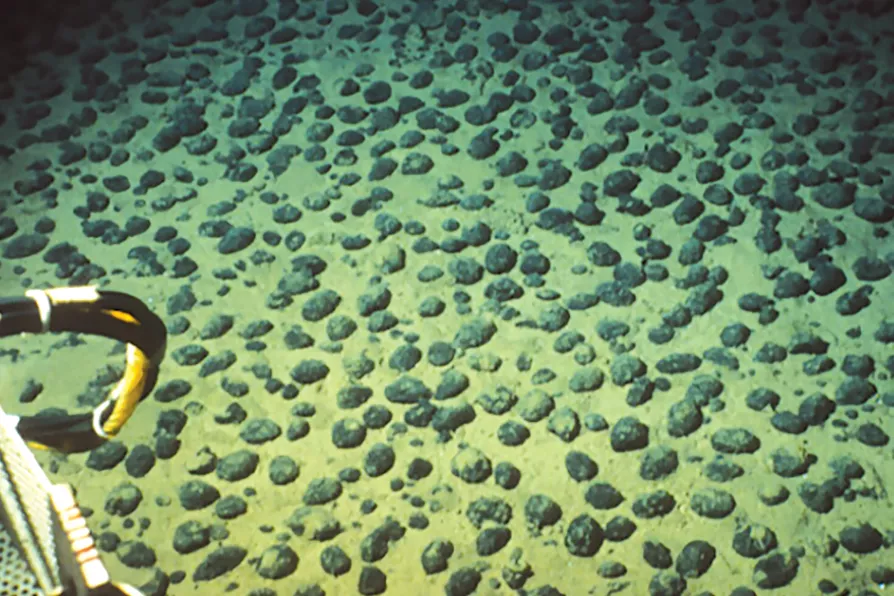Israel’s genocide in Gaza persists, while the war in Ukraine continues with no negotiated settlement in sight. As Europe rearms and Britain expands its nuclear capabilities, CAROL TURNER reviews the alternatives

 MORE QUESTIONS THAN ANSWERS: Field of polymetallic nodules of type C in the north equatorial Pacific, photo taken from the submarine Nautile - NODINAUT campaign. The formations can be found as deep as 20,000 feet below the ocean's surface
[Philweb/CC]
MORE QUESTIONS THAN ANSWERS: Field of polymetallic nodules of type C in the north equatorial Pacific, photo taken from the submarine Nautile - NODINAUT campaign. The formations can be found as deep as 20,000 feet below the ocean's surface
[Philweb/CC]
SOME astrophysicists try to understand the composition of planets that go round other stars — so-called “exoplanets.” They do so by looking at how light from the star is absorbed as the planet orbits around it, which allows them to find out the compounds that make up the planet’s atmosphere.
The technique allows scientists to understand something about these distant planets, though they are separated by many light years.
Some scientists believe that by identifying specific molecules in the atmospheres of these planets, we will be able to observe the signature of life. These signatures would be “biomarkers” — molecules that can’t be produced by simple chemistry, but can only be made by living organisms.
The difficulty in assessing these molecules and the remoteness of the planets make others sceptical that any biomarker would, by itself, ever be enough to categorically say that life exists.

Olive oil remains a vital foundation of food, agriculture and society, storing power in the bonds of solidarity. Though Palestinians are under attack, they continue to press forward write ROX MIDDLETON, LIAM SHAW and MIRIAM GAUNTLETT













